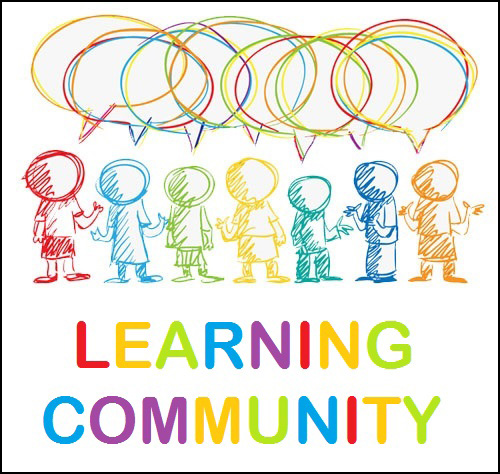This blog post describes the backwards mapping for a math standard in kindergarten.
Established Goal: (Common Core Standard for Math in
kindergarten CCSS.MATH.CONTENT.K.OA.A.1)
Represent addition and
subtraction with objects, fingers, mental images, drawings, sounds, acting out
situations, verbal explanations, expressions, or equations.
Understanding(s):
Students will…
- Use addition and subtraction to solve problems in different ways.
- Represent, relate, and operate on whole numbers, initially with sets of objects and eventually with actions and drawings.
- Choose, combine, and apply effective strategies for working with numbers.
- Understand addition as putting together and adding to, and understand subtraction as taking apart and taking from.
Essential Questions:
- How can I find the total when I put two quantities together?
- How can I find what is left over when I take one quantity away from another?
- How can I represent and solve problems using objects, pictures, words and numbers?
- How can I use models to represent addition and subtraction?
- What happens when sets are joined or separated?
Knowledge:
Students will know...
- Quantities can be joined (put together; composed).
- Quantities can be separated (taken apart; decomposed).
- Composing quantities will give us more than we started with.
- Decomposing quantities will give us less than we started with.
- We can model joining and taking apart sets of objects by drawing pictures, using manipulatives, and acting it out.
- Number models help us solve problems.
Skills:
Students will be able to...
- Use manipulatives, drawings, and numerical expressions to represent addition.
- Use manipulatives, drawings, and numerical expressions to represent subtraction.
- Use numbers to represent quantities and to solve quantitative problems involving joining and separating situations with objects.
Formative:
- During the lesson, the teacher will present addition and subtraction problems for students to resolve in small whiteboards for each student. This formative assessment will help the teacher to check understanding of the students.
- During the lesson, the teacher will present addition and subtraction problems for students to resolve in small whiteboards for each student. This formative assessment will help the teacher to check students' understanding.
- During the independent work, the teacher will observe the student's work and will ask to some students about their work, for example using questions like “How do you find the result? Show me”.
Summative:
Each lesson will include a worksheet for independent work of
students. These worksheets will be aligned to the objective of each lesson.
These will help the teacher to know the level of each student and prepare some modifications
or interventions to help lower and higher level students.
At the end of the unit, students
will take an assessment which include the following questions:
First part - Addition
1.
If I have two chips, how
many chips do I need to complete 5?
2.
3+2= ___
3.
If I have six dots, how
many do I need to complete 10?
4.
7+2=___
5.
Juan has 4 apples and
Liz give him 3 apples more, how many apples does Juan have in total?
Second part -
Subtraction
1.
If I have 4 chips and I
take away 3, how many chips do I have left?
2.
4-2= ___
3.
If I have 9 chips and I
take away 4, how many chips do I have left?
4.
8-4= ___
5.
Martin had 6 cookies and
he ate 2 cookies, how many cookies have Martin now?
Learning Plan:
Activity 1: Understand addition as putting together and
adding to, and understand subtraction as taking apart and taking from.
Activity 2: Find the missing number to complete 10 using a
ten frame.
Picture by: https://www.teacherspayteachers.com
Activity 3: Using fingers to solve addition problems.
Picture by: http://www.special-and-determined.com
Activity 4: Add the dots in two dices and record the equation.
Picture by: http://www.k12mathworksheets.com
By Jaime Solano
KIndergarten Teacher









![Empowering Teachers [INFOGRAPHIC]](http://www.globalpartnership.org/sites/default/files/styles/detail_page_800/public/Empowering%20Teachers.jpg?itok=hho0L4U1)